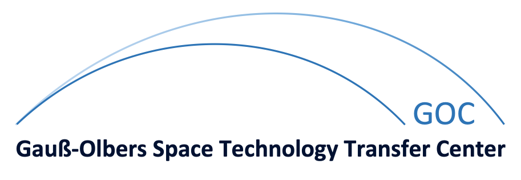Optimierung höherstufiger Codemultiplex-Systeme zur Mobilfunkübertragung
| Autor: | D. Nikolai |
| Kurzfassung: | Since 1990, both Europe's industry and the universities search for improved multiple access schemes and modulation techniques to fulfill the requirements of the UMTS, the "universal mobile telecommunication system". UMTS is the European proposal for the 3rd generation of a telecommunication network for enhanced mobile communications. The UMTS radio interface will comprise CDMA (code division multiple access) as the multiple access technique. In this PhD-thesis, the uplink of the so-called "Qualcomm-system", which has recently been defined as the IS-95 standard in the USA, serves as a basis for developing optimized components and parameters of a cellular CDMA system. The three main results of the thesis are: If noncoherent demodulation of the M-ary orthogonal symbols is applied for the inner system, a weaker coding (code rate of 1/2 instead of 1/3) should be used for the outer forward error correction scheme. If the transmission link should be kept noncoherent, a novel "hybrid modulation" scheme, developed herein, can significantly reduce the bit error rate in the uplink. Additional gain can be achieved if semicoherent techniques are applied. For this purpose, a channel estimation procedure can easily be included in the demodulation procedure due to the orthogonal modulation symbols. The tendency to higher data rates will lead to higher carrier frequencies and therefore raising Doppler spreads. Due to the fact that coherent demodulation schemes waste a considerable amount of the capacity for the pilot-symbol aided channel estimation process, both the introduced hybrid modulation and the semicoherent procedure are attractive candidates for future CDMA concepts in terms of better frequency utilization. |
| Dokumenttyp: | Dissertation |
| Veröffentlichung: | Shaker Verlag, ISBN 978-3-8265-4813-0, Aachen, Germany, März 1999 |
| Index: | 78 |
| Dateien: | BibTEX |
Zuletzt aktualisiert am
26.05.2008
von
Admin
© Arbeitsbereich Nachrichtentechnik - Universität BremenImpressum / Kontakt







